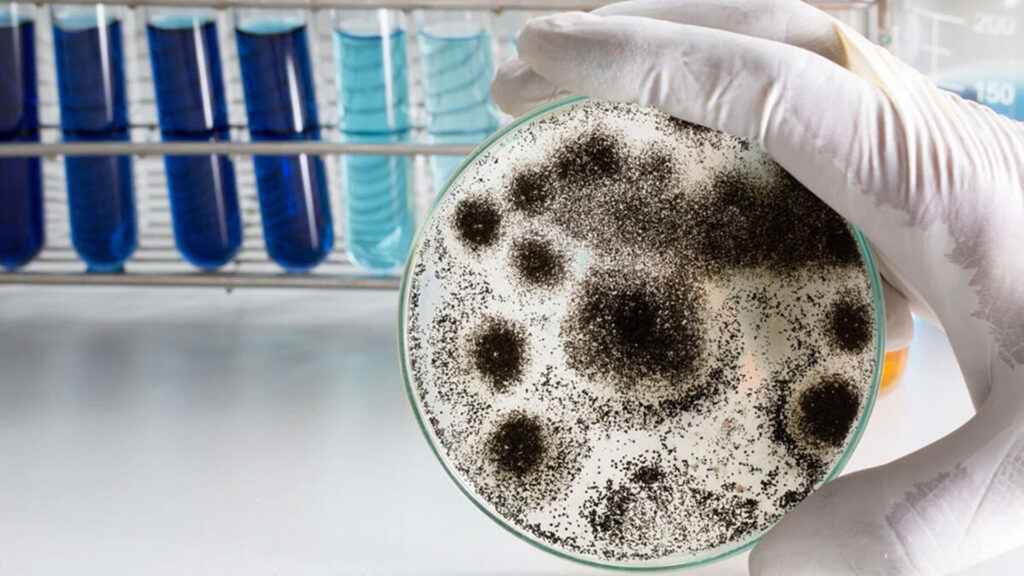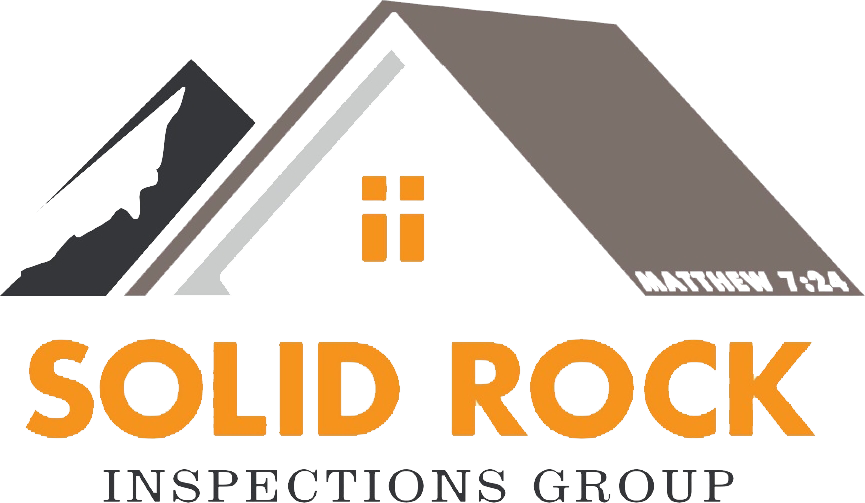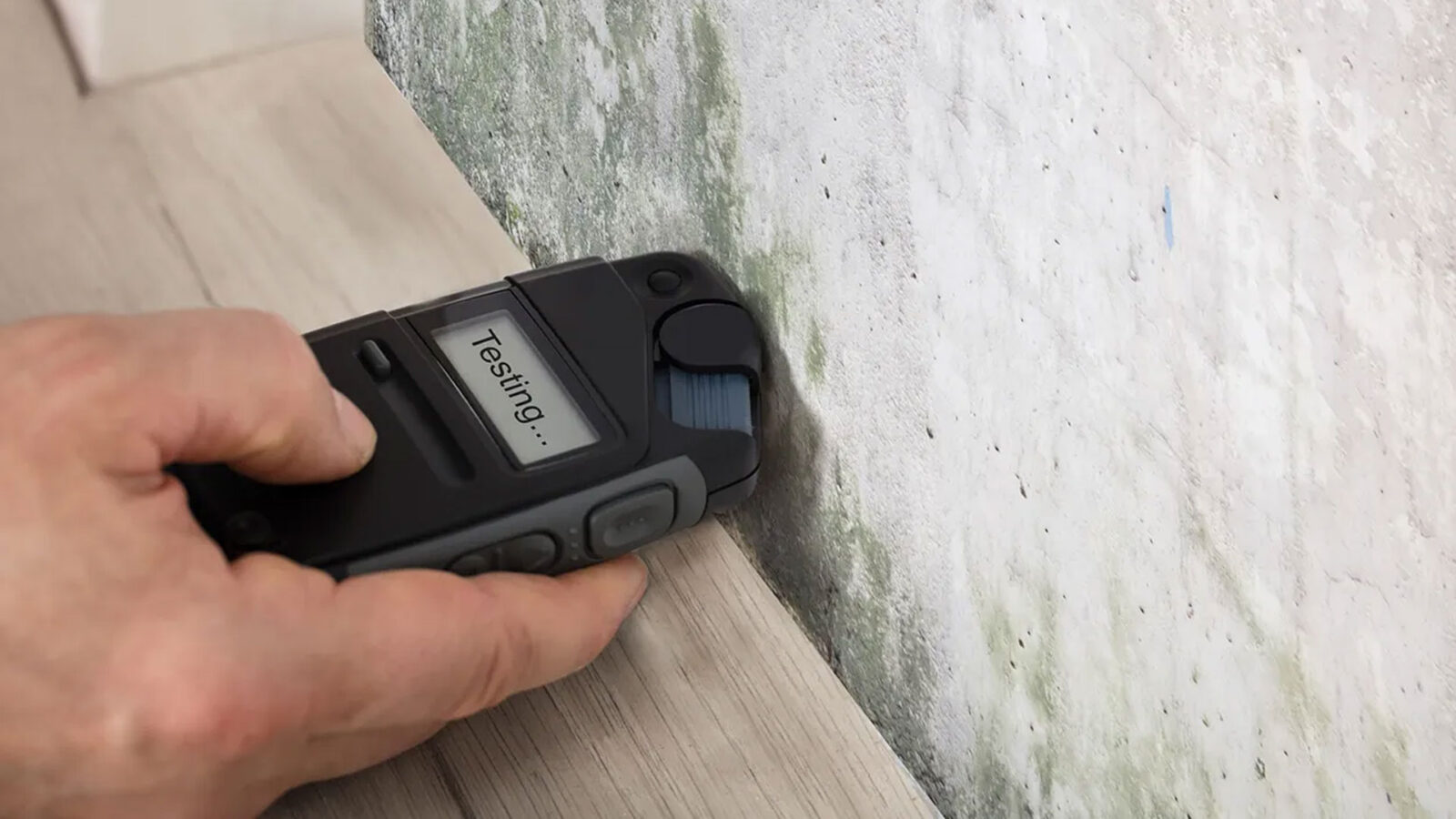Warning Signs That There Is Dangerous Mold In The Home
Many Florida homeowners face unique challenges when it comes to maintaining properties. One of the most insidious threats lurking in our homes is mold. In the humid climate of Pinellas County, mold can thrive and proliferate, often undetected until it becomes a serious problem. Which types are dangerous mold? When does mold become a problem? How do you get rid of mold in the home? Mold can expose humans to many potential health impacts. That is why expert mold testing is crucial for protecting your family and property.
Understanding the Different Types of Dangerous Mold in Florida Homes
Florida’s warm, humid climate creates the perfect breeding ground for various types of mold. When testing for allergens in the home, we often encounter several dangerous types of mold during our assessments.
Stachybotrys Chartarum (Black Mold)
Stachybotrys chartarum, commonly known as black mold, is one of the most notorious and dangerous types of mold. This toxic mold thrives in damp, cellulose-rich environments and can cause severe respiratory issues, headaches and even neurological problems. Black mold is often found in areas with water damage or high humidity.
Aspergillus and Penicillium
These two mold genera are frequently found in Florida homes and can pose significant health risks. Aspergillus species can cause allergic reactions and respiratory infections, while some Penicillium strains produce mycotoxins that may lead to chronic health issues. Both types often appear as fuzzy growths in various colors.
Health Implications of Common Mold Species Found in Florida
Understanding the health risks associated with different types of mold is crucial for Florida homeowners. While some mold species are relatively harmless, others can pose serious health threats. Let’s explore some of the most common dangerous types of mold found in Florida homes and their potential health impacts.
Stachybotrys Chartarum (Black Mold)
Black mold is one of the most notorious and dangerous types of mold. Exposure to this toxic mold can lead to respiratory issues, chronic coughing, and even neurological problems in severe cases. It thrives in damp, humid environments, making Florida homes particularly susceptible.
Aspergillus
This common mold genus includes several species that can cause health problems. Some Aspergillus species produce mycotoxins that may lead to allergic reactions, asthma attacks, and even lung infections in immunocompromised individuals. Professional mold testing is essential to identify specific Aspergillus species and assess their potential risks.
Penicillium
While some Penicillium species are beneficial, others can be harmful when found in homes. Prolonged exposure may cause allergic reactions, sinus infections, and respiratory issues. A thorough home inspection by certified professionals can help detect and identify Penicillium mold growth before it becomes a serious problem.
Why Mold Thrives in Florida Homes
Mold needs three things to thrive: food, water and warmth. Florida’s unique climate creates the perfect storm for mold growth, making it crucial for homeowners to be vigilant about dangerous types of mold. There are some key factors that contribute to this persistent problem. Therefore, it is important for homeowners to be aware of each.
Humidity: Mold’s Best Friend
Florida’s notorious humidity provides an ideal breeding ground for mold. With average humidity levels often exceeding 70%, our homes become susceptible to mold growth year-round. This constant moisture in the air settles on surfaces, creating a welcoming environment for spores to flourish.
Frequent Rainfall and Flooding
Our state’s frequent rainstorms and potential for flooding exacerbate the mold issue. Water intrusion from these events can lead to hidden moisture in walls, floors, and ceilings – prime real estate for mold colonies. Even small leaks or spills, if left unaddressed, can spiral into significant mold problems.
Warm Temperatures
Florida’s warm climate further accelerates mold growth. Most mold species thrive in temperatures between 60°F and 80°F – a range our state rarely leaves. This consistent warmth, combined with high humidity, creates a perfect incubator for various mold types.
Food Sources For Mold
Mold can grow on a wide variety of materials commonly found in homes, especially those that retain moisture. It thrives on organic materials like wood, drywall, wallpaper, carpeting, and insulation, where cellulose provides a food source. Mold can also grow on fabrics, upholstery, and paper products if they stay damp for extended periods. Even non-organic surfaces like concrete, tile, and metal can support mold growth when dust, dirt, or organic residues accumulate on them. Materials where there is poor ventilation, frequent humidity, or past water damage are particularly vulnerable to mold infestations.

When Does Mold Become a Problem?
While it’s true that mold spores are present in most homes, there’s a fine line between normal levels and those that pose health risks.
Understanding Mold Thresholds
There’s no hard and fast rule from the government on how much mold is too much in your home. The EPA and other federal agencies haven’t set specific limits. But generally speaking, if you have less than 500 mold spores per cubic meter of air, that’s considered a normal, acceptable level. Anything above that 500 spore count could potentially be an issue you’d want to address. Put another way, indoor mold levels should not be higher than outdoor levels. That’s why when we test for mold, we usually test outside the home to get a baseline reading.
Health Implications of Elevated Mold Levels
As mold levels rise, so do the associated health risks. Exposure to high concentrations of certain dangerous types of mold can lead to:
- Respiratory issues
- Allergic reactions
- Skin irritation
- Neurological symptoms in severe cases
Hiring a Professional Home Inspector for Comprehensive Mold Testing
When it comes to identifying and addressing dangerous types of mold in your Florida home, professional expertise is invaluable. We strongly recommend hiring a certified home inspection company that specializes in mold testing for several crucial reasons:
Accurate Identification and Assessment
Professional inspectors have the training and tools to accurately identify various mold species and assess their potential health risks. They can distinguish between harmless and hazardous mold growths, ensuring you don’t overlook serious issues or overreact to benign situations.
Advanced Detection Methods
Certified mold inspectors utilize sophisticated equipment and techniques that go beyond surface-level observations. These may include:
- Moisture meters to detect hidden water sources
- Infrared cameras to identify temperature variations indicative of mold growth
- Air sampling to measure mold spore concentrations
Comprehensive Reporting and Recommendations
A thorough mold testing process culminates in a detailed report outlining:
- Types and concentrations of mold present
- Potential health implications
- Recommended remediation steps
This information is crucial for developing an effective mold management plan and can be valuable documentation for insurance claims or real estate transactions.
If You Are Worried About Dangerous Mold Levels In The Home, Call The Experts At Solid Rock Inspections Group
While some mold types are relatively benign, others pose serious health risks, especially in high concentrations. The humid Florida climate creates ideal conditions for mold growth, making vigilance essential for homeowners. By understanding the various mold types, their health implications, and the factors contributing to their development, we empower ourselves to maintain healthier living environments. For a home inspection that includes detailed mold testing, call the mold detection experts at Solid Rock Inspections Group today at (727) 386-8627 or contact us online here. We look forward to getting your home on the path to being mold free.

